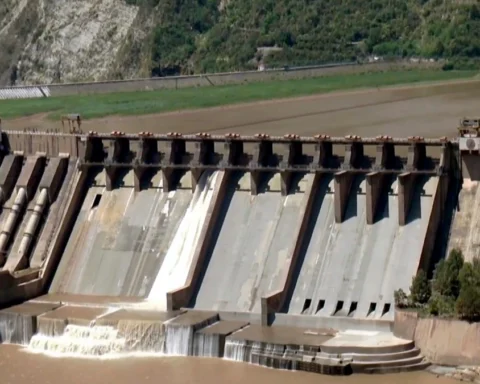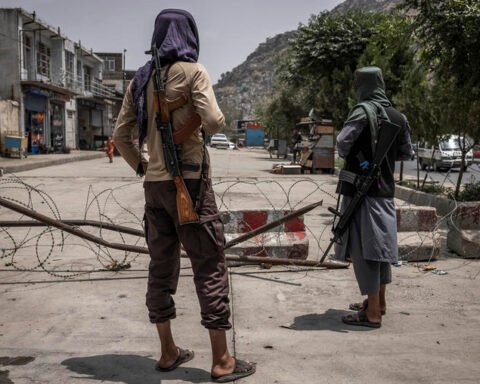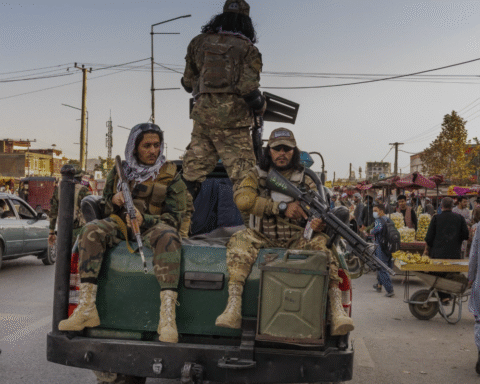The most recent move by China to change the names of 27 additional places in Arunachal Pradesh is a calculated, aggressive, and symbolic move of making territorial claim. With this, the total number of naming places becomes 89. This is more than a cartographic move; in fact, a harsh geopolitical gesture on the part of Beijing, an expression of the underlying mistrust between India and China. To New Delhi, it is not just another diplomatic provocation but a spectacular publicity of its strategic and diplomatic failures to confront China regarding its gradual territorial advances.
China is not taking such steps the first time. The pattern of psychological warfare has been very evident in previous rounds of renaming, followed by instances of India-China skirmish or even high-level negotiations. Such actions are both well-timed (usually after the local ceasefires or when the strategic situation grows calm) as such actions strive to enforce the notion of superiority and lay out the once again repeated claim by China to the so-called South Tibet. The fact that India has been unable to prevent or to make an impactful response to such renaming on several occasions points at a weakness in New Delhi. It seems the lack of diplomatic response or inability to shape the narrative and enlist the international community against the trying creeping claims.
The recent renaming drama also happens at a politically sensitive moment to India. Back at home, the ministry has increasingly been under attack because of an apparent image and public relations-centric as opposed to a result-oriented foreign policy. The critics have criticized the success of recent mega summits and foreign visits, caused by the opposition parties and the strategic analysts because China continues its actions in aggression. The continued optimism in official pronouncements of a thawing of relations between India and China are in complete contrast with the dark realities that reign on the ground and at the map.
In addition, the fact that China has further tilted towards Pakistan in the recent India-Pakistan standoff has further damaged the diplomatic status of New Delhi. Although the Indian diplomats were saying in the open that they wanted to use restraint and dialogue, the fact that the Chinese were supporting Islamabad by the claim of supporting the sovereignty of Pakistan is a hint Chinese would come out and speak against Indian actions effectively were a tilt in this Indian direction. Strategic analysts had envisaged that China would embrace Pakistan in cases of increased Indo-Pak tensions; the fact that New Delhi could not do anything to change such a calculus tells volumes of its strength in the region or lack thereof.
This has put India in a tight strategic bind since it is flanked by the Chinese on one hand and the Pakistanis on the other. It does not only experience pressure on its Himalayan frontiers, however; in the diplomatic arena as well, a chasm between perception and policy has been coming into sharp relief. Although New Delhi is persuading itself that a global actor with increasing strength, its influence in the region seems increasingly open to concerted action on the part of Beijing and Islamabad.
The action of renaming territories in Beijing is a general tactic used to make its claims on land belonging to others appear normal under the guise of symbolic domination. Such moves are not trivial, but strategic. It is by slowly instilling these names in maps, database and worldly talk that China hopes to dilute the validity of Indian claim over Arunachal Pradesh. This frequent repetition and orderly character of such moves makes them carry weight on international legal and diplomatic scenes through time, particularly when having gone unchallenged.
These mapping claims have been accompanied by other wider indications of China becoming increasingly consolidated in the region. Though nominally adopting the policy of non-expansionism, Beijing has carried out one aggressive action after the other in South Asia including broadening its reach in Nepal and Sri Lanka, besides gaining strategic access to an unprecedented 176 seaports worldwide. The renaming process in Arunachal Pradesh, therefore, is but a symptom of a much larger phenomenon: it is symbolism, it is economic power, and it is partnership in the region coming together to communicate Chinese power.
To this strategic environment, a significant move recently taken by China is to curb the exports of rare earth elements, and this act is perceived as a form of pressure, not only to the Western powers, but also to the regional competitors such as India. Combined with its toughening of position on border matters, and the vigorous nature of its patrolling within Ladakh and the Line of Actual Control (LAC), China is demonstrating that it will be making South Asian relations in its image.
In turn, India keeps underlining its strong military position at the time of a clash in Galwan Valley and increased troop presence in disputed areas. Nevertheless, the military deterrence that lacks a diplomatic impetus is not of much strategic use. Even though the Indian armed forces might have averted further incursion, the failure to appropriately counter the Chinese politically or diplomatically in lieu of the names of a complete town and village, among others following the Chinese claims, is an inability to change the narrative in general, or to receive criticism on their behalf internationally.
It can also be pointed that even the neighbourhood diplomacy of India has not provided the buffer it had aimed at. Other nations such as Bhutan, Nepal and the Maldives are now falling into the economical vagary of China. Even though New Delhi makes attempts to reassert its influence with aiding, investment, and even cultural diplomacy, the incentives of China’s infrastructural investments and aggressive diplomacy tend to overshadow Indian efforts. Absence of the ability to forge an effective regional block capable of opposing, or at least challenging, the aggression of Beijing has led to the existing position of weakness on the part of India.
At the minute, the Indian strategic posture seems to be proactive. Renaming 89 places is hardly more than a forward statement, but the message that it carries is that of deep-seated confidence in China that it can conduct its long-term territorial vision without much opposition vis-a-vis New Delhi. It reveals an Indian disjointed policy, the one that glorifies symbolic military courage, but is unable to turn that advantage into a diplomatic result.
Renaming of 89 place names by China in Arunachal Pradesh is a grave diplomatic and strategic blow on India. It points out not only the aggressive nature of the territorial ambitions of Beijing but also the inability of India to put up any strong opposition—whether bilaterally, regionally or internationally. Unless New Delhi intends to infuse credibility into its territorial sovereignty and diplomatic reputation, it should revaluate its strategy of engagement, rebalance its ties with countries in the region, and do more than issue rhetorical statements. Other ways in which symbolic act such as renaming may soon become a reality.







